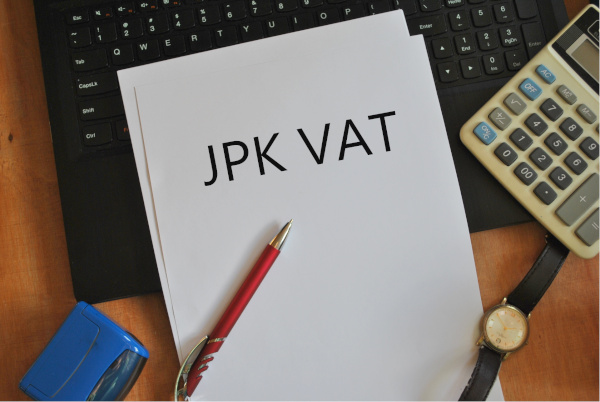How to avoid a paralysis of the Finance Division when preparing the next report on payment practices and performance in commercial transactions?
We have been hearing rumours across the industry in Poland that some companies, all of which were preparing reports on payment practices and performance, i.e. on payment backlogs, for the first time ever took over 2 weeks to get them done. It appears that finance specialists dedicated all their efforts to satisfying statutory reporting requirements only. How did that happen? Probably because they lacked tools fit for the job.
Can a payment backlog report, therefore, be prepared in a matter of hours?
It certainly can. All it takes is a suitable functionality which enhances the existing ERP system in such a way as to support the process of generating the necessary data. Microsoft Dynamics 365/AX system users can now use a proprietary solution developed by the INLOGICA team for this purpose. The payment backlog functionality in its standard version makes it possible to quickly generate a Payment Backlog report which includes the financial information required of a report on payment practices and performance.
The report itself is just one aspect of the payment backlog functionality.
It is just as necessary to closely watch the in-house payment practices too, as exceeding the statutory threshold of outstanding or late payments during a period of 3 subsequent months is considered as causing so called “excessive payment delays”. The threshold is currently set at PLN 5 million, and exceeding it can lead to serious consequences. They can range from having proceedings launched against the organisation by the Polish Office of Competition and Consumer Protection to high fines, the amount of which depends on the sum of delayed payments and the period of delay. The threshold beyond which the provisions on excessive payment delays apply will be decreased to PLN 2 million as of January 2022.
How to keep it in check?
By regularly monitoring payment practices. The extended version of INLOGICA’s payment backlog functionality for Microsoft Dynamics 365/AX is equipped with analytics and regular monitoring of payment delays in commercial transactions using defined system alerts.











